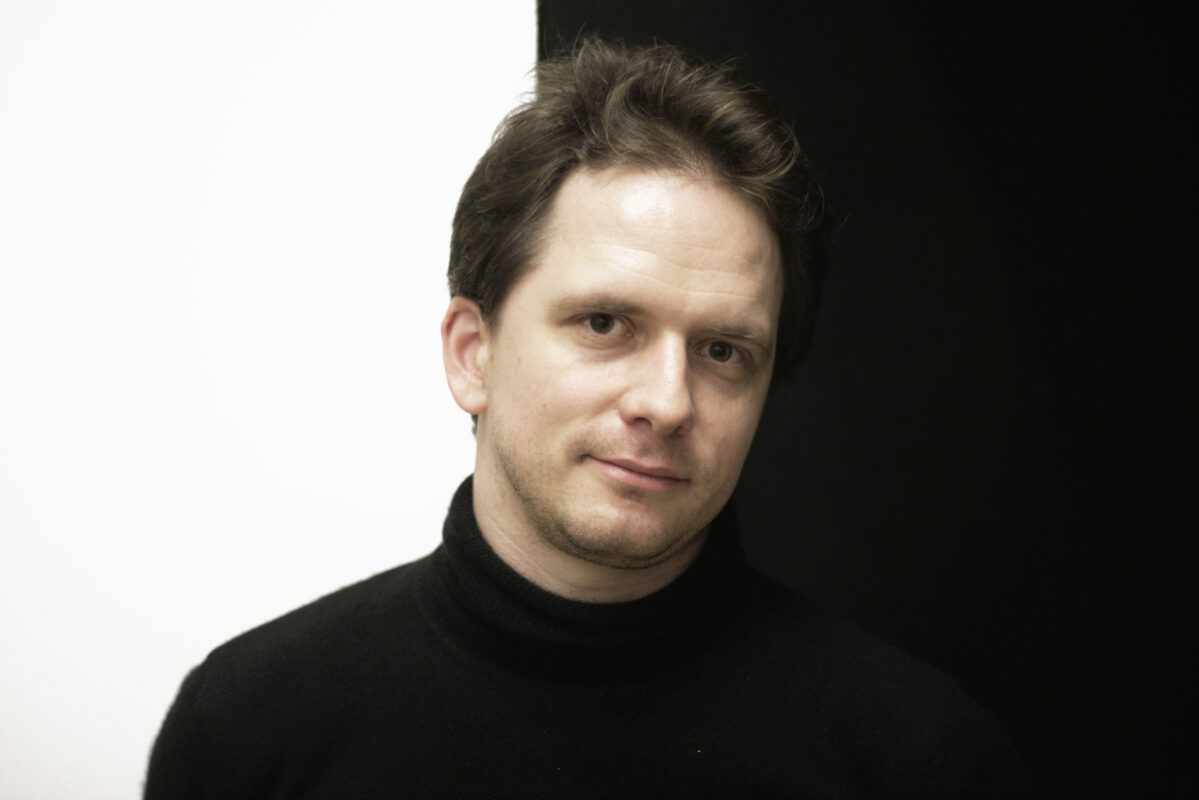Yorckscher" military march
Every Friday, Beethoven is here. To mark the 250th anniversary of Beethoven's birth, each week the Swiss Music Review takes a look at a different work from its catalog. Today for the Military March No. 1 in F major WoO 18 "Yorckscher".

Vienna's vibrant musical life often makes us forget that war was raging in Europe at the beginning of the 19th century, although not everywhere at the same time, but for years. The unrest was provoked by Napoleon, who fought first against Austria, then against Prussia and simultaneously in the Iberian Peninsula, then against Russia and again against allied troops in central Germany. The number of victims on each side ran into the hundreds of thousands, and even millions in total. The Grande Armée alone went from 600,000 soldiers to just under 10,000 men in the space of a few months. The victory of the Russian troops would not go down in music history until decades later, with theSolemn Overture 1812 by Tchaikovsky. But it was immediately after the event that Beethoven composed a noisy tribute to the Battle of Vitoria in Spain (1813), with the Wellington's victory op. 91. By contrast, the numerous compositions by several contemporaries for the decisive Battle of Leipzig (1813) have long since been forgotten.
Beethoven was unable and unwilling to evade the demands of the Viennese "patriotic front", and in 1809/10 he bolstered troop morale with several marches. The one in F major (WoO 18) was originally written for a small brass band, and dedicated to Archduke Anton Viktor Joseph of Austria and his "Hoch- und Deutschmeister" regiment. But Beethoven made a new decision and, in the manuscript, dedicated these few bars to the "Bohemian Landwehr" (a reserve infantry regiment). In the meantime, the march had been used as riding music at a dressage of horsemen in the garden of Laxenburg Castle, which Beethoven commented wryly: "I'll see if it can make the horsemen do skilful galipettes". However, the piece only became famous after its publication in 1817/18 in the collection of the March of the Royal Prussian Army as "Turkish music" - this time in homage to a unit commissioned by Ludwig York von Wartenburg, earning it the name "Yorkscher March" without any input from the composer.
Musically, Beethoven even ennobled this occasional composition. The single-note anapest rhythm forms the central cell. This is followed by sequences that expand the tonal space of the opening, first to the second, then to the fourth via the third, while the following movement is melodically led from the fifth via the sixth to the dominant. In the second part, after the motif has been condensed, it dissolves - and contains pauses that are rather dangerous for military synchronization.
The fact that Beethoven added a trio to this march in 1822/23 has remained largely forgotten in civilian performances of the work to this day.
Aufnahme auf idagio
Keeping in touch
A weekly newsletter reveals the latest column on line. You can subscribe by entering your e-mail address below, or by subscribing to our RSS feed.








